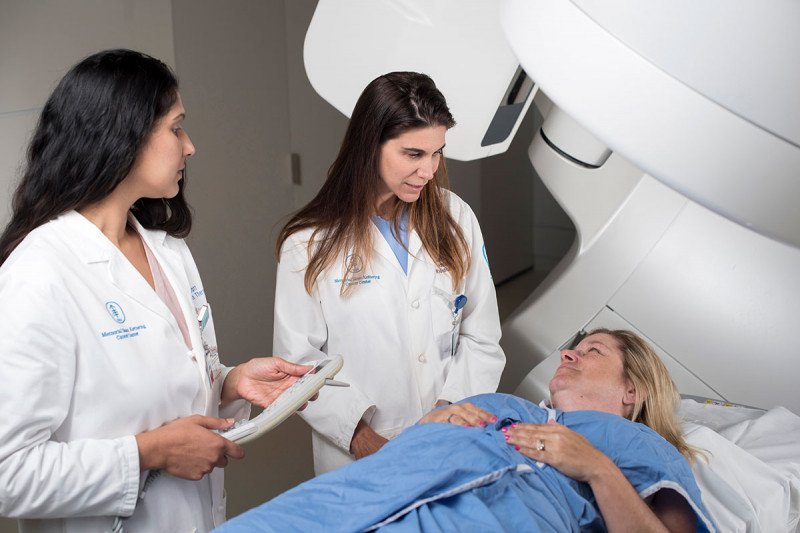The new article highlights specific aspects of the principles related to the medical devices emitting radiation, as well as the ones intended to be used by laypersons or containing materials of biological origin.

Table of Contents
The Health Sciences Authority (HSA), Singapore’s regulatory agency in the sphere of healthcare products, has published a guidance document dedicated to the Essential Principles for the safety and performance of medical devices. The document provides additional clarifications regarding the applicable regulatory requirements, as well as recommendations to be considered by medical device manufacturers and other parties involved to ensure compliance thereto. Provisions of the guidance are non-binding and are not intended to introduce new rules or impose new obligations. The authority also reserves the right to amend the recommendations provided, should it be reasonably necessary to reflect the respective amendments to the underlying legislation. The guidance contains an annex that describes in detail each of the Essential Principles and explains the way they should be interpreted and followed.
Protection Against Radiation
Under the general rule, medical devices should be designed and manufactured and packaged in such a way that exposure of patients, users, and other persons to any emitted radiation should be eliminated or reduced, as low as reasonably practicable and appropriate, compatible with the intended purpose, whilst not restricting the application of appropriate specified levels for therapeutic and diagnostic purposes. Furthermore, it is stated that the documentation provided by the manufacturer, including the operating instructions, should provide detailed enough recommendations to be followed by the intended users of the device. The aspects to be addressed include, inter alia, the ones related to the risks associated with the device and measures to be taken to mitigate them and ensure safety and effectiveness. Any devices emitting radiation of any type should bear the appropriate signs and warnings that should be visible. When designing the device, the manufacturer should ensure the unintended radiation exposure is limited to the lowest extent possible and does not exceed the acceptable level. The products intended for diagnosing purposes should ensure the sufficient quality of images provided. In case the device requires installation before use, the manufacturer should also provide detailed instructions describing the installation and testing to be conducted to ensure the device is installed and could operate properly. Moreover, such devices should be designed and manufactured in a way ensuring their characteristics related to the emission could be controlled.

Risks for Lay Persons
The document also pays special attention to risks associated with the devices intended to be used by laypersons – the ones having no proper background in the healthcare sphere in terms of special knowledge and qualification. According to the guidance, medical devices for use by lay persons (such as self-testing or near-patient testing) should be designed and manufactured in such a way that they perform appropriately for their intended purpose taking into account the skills and the means available to lay persons and the influence resulting from variation that can reasonably be anticipated in lay person’s technique and environment. Hence, all the information related to the device and its use should be provided in a way that is clear and understandable for laypersons to ensure they will interpret the instructions for use in a correct way, and use the device safely and efficiently. It is also important to take all the steps to reduce to the lowest extent possible the risks associated with use errors that could potentially take place based on the intended use of the device and its specific features.
The authority further explains that all the devices intended to be used by lay persons should have the means allowing the user to:
- Ensure the device operates properly, and
- Be notified in case of any failures or malfunctions.
Materials of Biological Origin
The scope of the guidance also covers the aspects related to medical devices incorporating materials of biological origin, which include tissues, cells, or substances of animal origin, or their derivatives. According to the document, such materials should be subject to rigorous veterinary control, while the manufacturer should duly keep the records reflecting the details regarding the geographical origin. All the processes these products are subject to should be carried out by the appropriate policies and procedures, and in a way ensuring their proper quality and safety, especially in terms of viruses and other transmissible agents.
Chemical, Physical and Biological Properties
As further explained by the authority, in terms of chemical, physical, and biological properties, special attention should be paid to compatibility-related matters in the context of the intended use of the product in question. According to the guidance, medical devices should be designed and manufactured in such a way that they can be used safely with the materials, substances, and gasses, with which they enter into contact during their intended use; if the devices are intended to administer medicinal products they should be designed and manufactured in such a way to be compatible with the medicinal products concerned following the provisions and restrictions governing those medicinal products and that the performance of both the medicinal products and of the devices is maintained following their respective indications and intended use. The authority also mentions that the manufacturer should consider the risks associated with particles that could be released from the device during its normal use.
Implantable Medical Devices
Specific requirements are also set forth for implantable medical devices. According to the Essential Principles, such products should be designed and manufactured in a way reducing to the lowest extent possible the risks associated with the medical procedures such devices are used in. Furthermore, it is stated that it should be possible to identify the active implantable medical device without additional intervention.
In summary, the present HSA guidance highlights specific aspects related to the particular Essential Principles and explains how they should be interpreted. The document provides recommendations regarding the approach to be followed when designing and manufacturing medical devices to mitigate the risks associated thereto.
Sources:
How Can RegDesk Help?
RegDesk is a next-generation web-based software for medical device and IVD companies. Our cutting-edge platform uses machine learning to provide regulatory intelligence, application preparation, submission, and approvals management globally. Our clients also have access to our network of over 4000 compliance experts worldwide to obtain verification on critical questions. Applications that normally take 6 months to prepare can now be prepared within 6 days using RegDesk Dash(TM). Global expansion has never been this simple.

